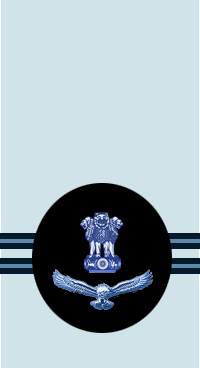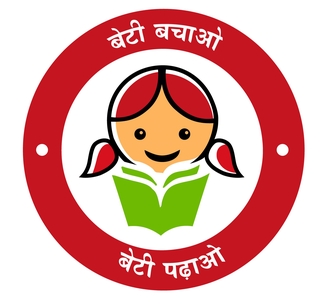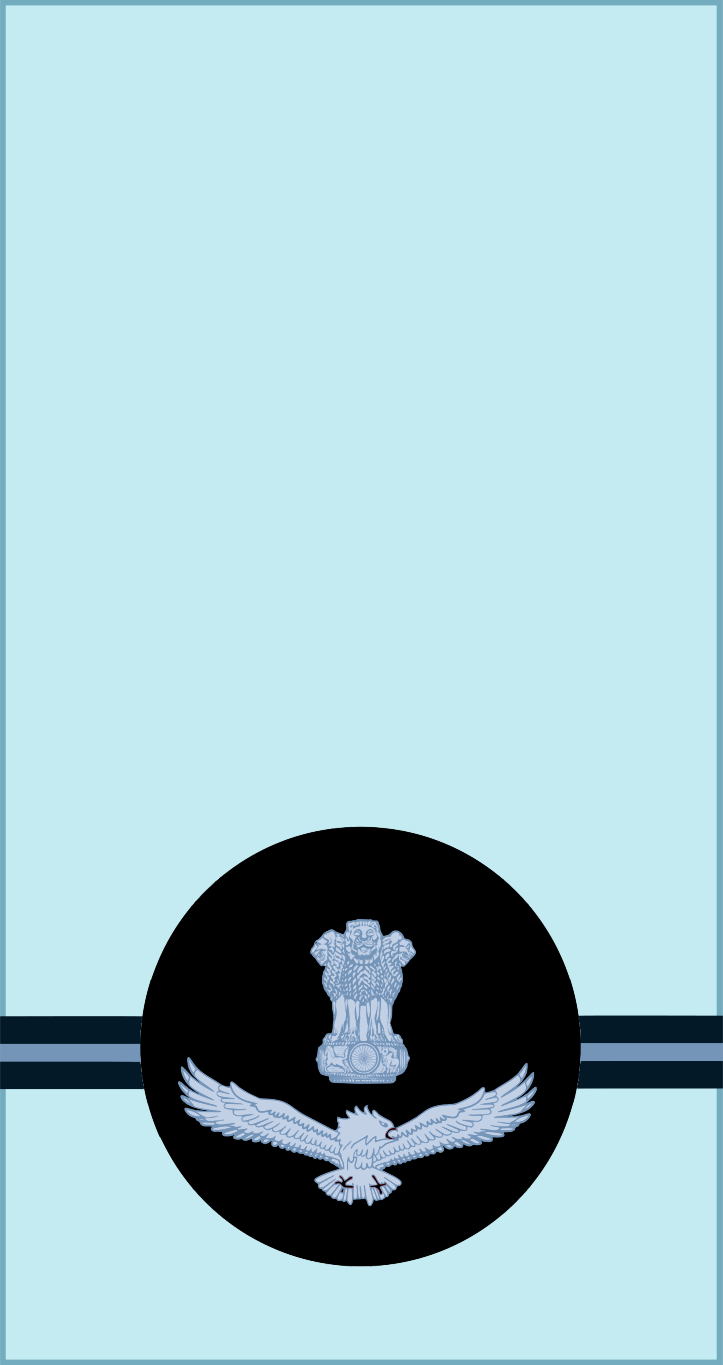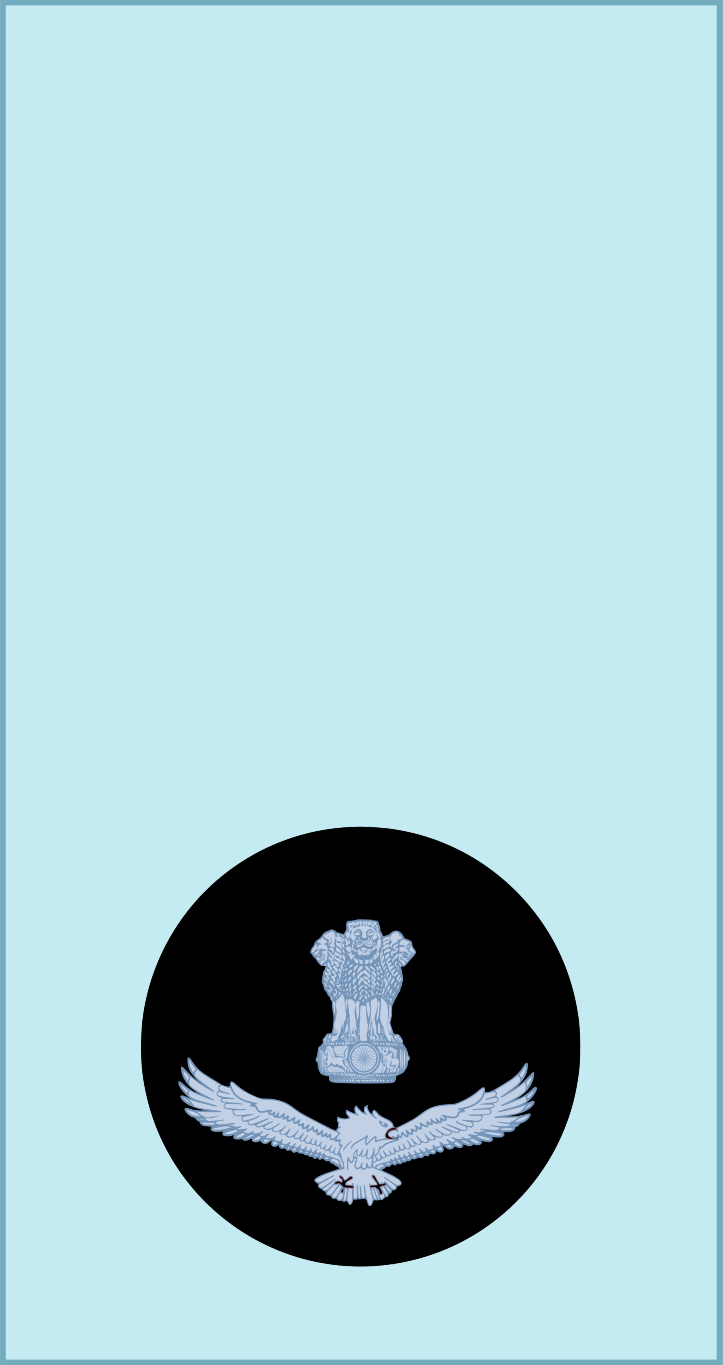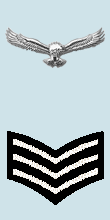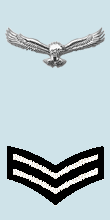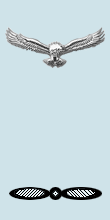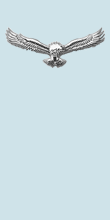MASTER WARRANT OFFICER
The Master Warrant Officer is the highest achievable rank for an airmen in the Indian Air Force. An MWO is a veteran with vast knowledge, leadership experience, and high-level trust from the commanding officers. Their insignia is an eagle with a laurel wreath and star, reflecting excellence and authority. MWOs are appointed to oversee entire wings or base functions and may act as advisors to senior officers on operational and personnel matters. They also manage discipline, morale, ceremonies, and training across the station. Roles such as Station Warrant Officer (SWO) or Base Warrant Officer (BWO) are often held by MWOs. Their voice carries weight in administrative decisions, and they are considered role models by the younger generation of airmen.
